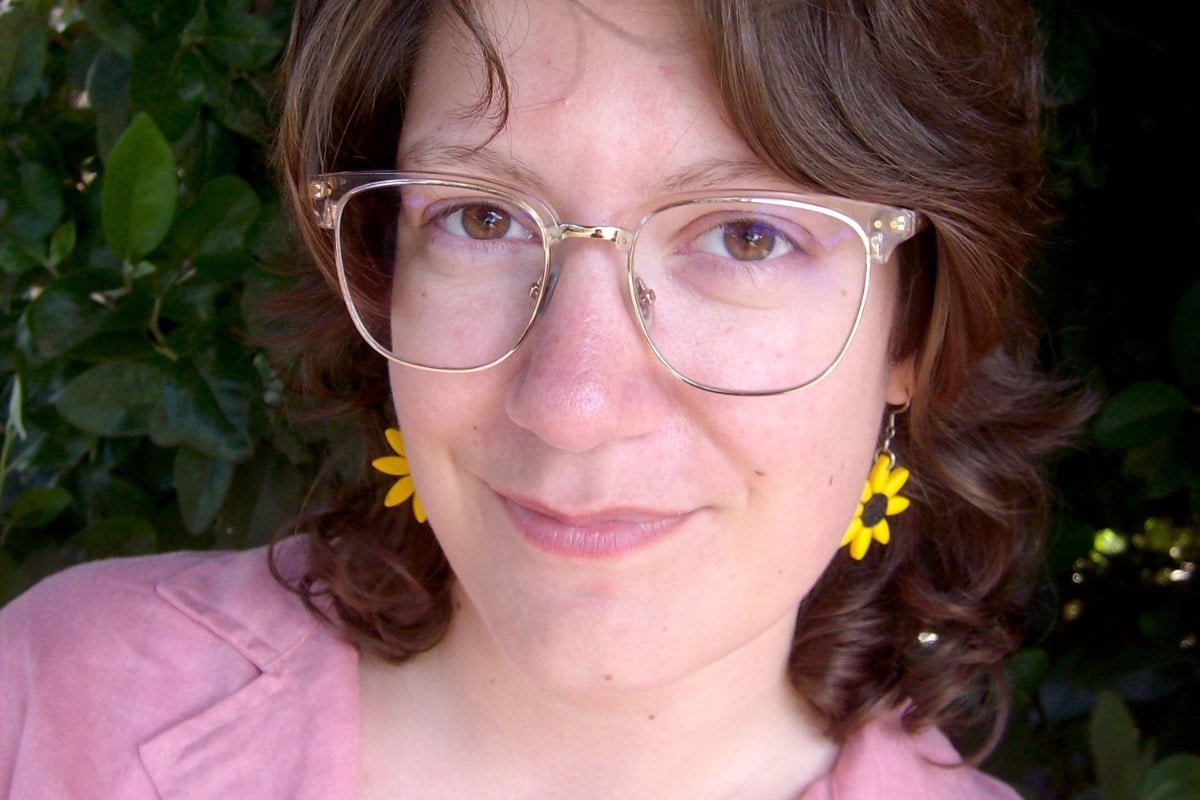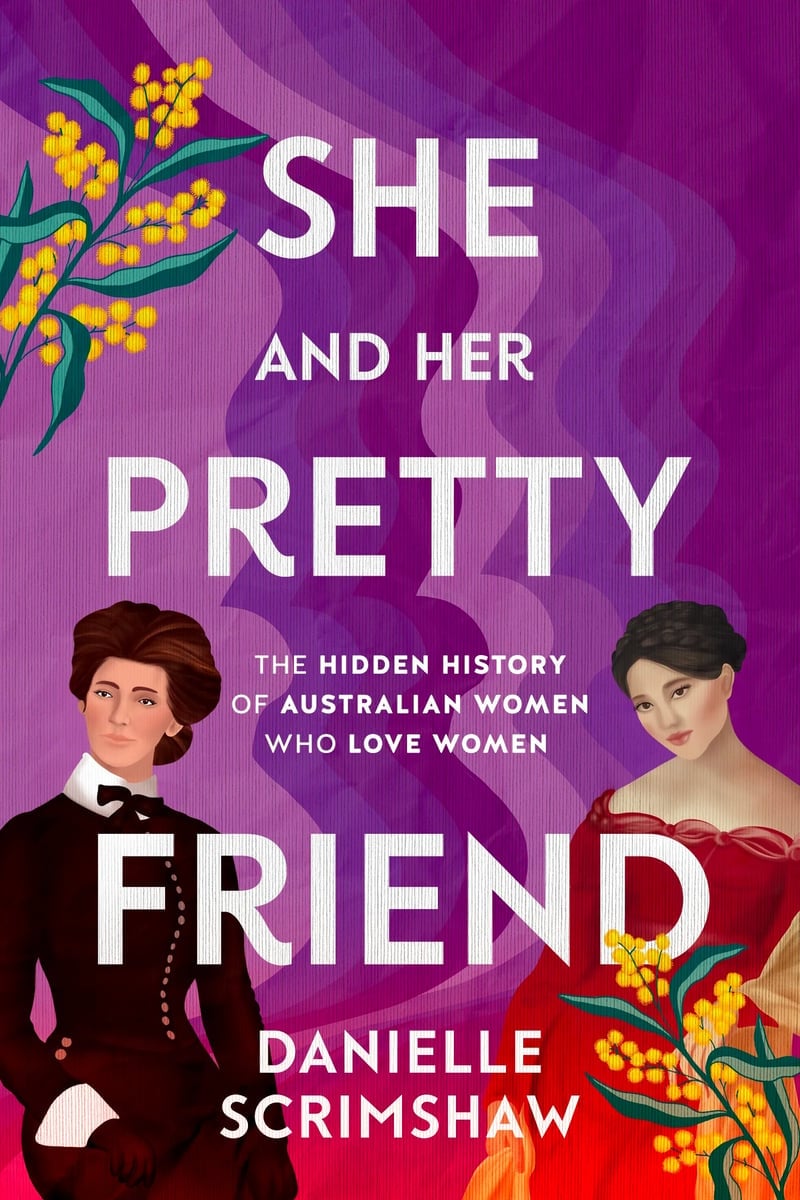
I came out at the end of 2017, a few weeks after the same-sex marriage survey results were announced.
I wasn't entirely 'in' the closet that year, but I hadn't fully committed to a label until early spring. Funnily enough, it was student elections that pushed me to decide. I queued in the library for a voting ballot and then made my selections in a private corner.
Watch: Moments queer women totally understand. Post continues after video.
Once I reached the candidates for the student union's Queer Collective, I paused and read the small print: only vote if you identified as LGBTQI+. Did I? After thinking it over for a minute, I grabbed my pencil and nominated one candidate. I can't remember who I voted for, or whether they were elected, I just remember the moment as a small coming out to myself.
The ballot paper asked, are you gay? And I replied, yes.
Over the next two years, I developed crushes on women in my classes and wrote more queer characters into my stories. I was studying Creative Writing and History at the time, and while it was easy to explore my newfound identity through writing, I found it challenging to engage with queer stories in history.
